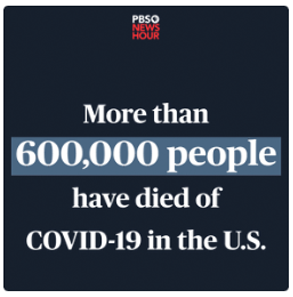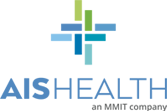Radar on Drug Benefits
-
PBMs’ 1Q Earnings Calls Are All About Biosimilar, GLP-1 Programs
During their first-quarter earnings calls, the companies that own the three largest PBMs shared a wealth of details about how the market is responding to their new programs targeting GLP-1 and biosimilar drugs. Wall Street analysts noted that those remarks offered a welcome highlight amid decidedly mixed results in the firms’ health insurance divisions.
The Cigna Group CEO David Cordani opened his prepared remarks during the company’s May 2 earnings call by spotlighting the company’s “focus on biosimilars to drive greater affordability,” calling it one of Cigna’s key strategic growth drivers.

-
High Price Tag, Accelerated Approval for New NASH Drug May Give Payers Pause
When the FDA approved Rezdiffra (resmetirom) in March, it gave patients with a serious form of liver disease a long-awaited treatment option tailored to their specific condition. But the drug’s accelerated approval and high price tag are already spurring at least one health insurer to consider options like restrictive coverage criteria and value-based contracting.
NASH represents a progression from a more common condition, nonalcoholic fatty liver disease (NAFLD). It occurs when patients start developing liver inflammation that can eventually lead to liver scarring, dysfunction, and even liver failure and cancer.

-
AMCP Panel Details Barriers to Broad Biosimilar Adoption
For biosimilar use to truly take flight, health plans need to focus on easing switches between original products and reference products — and policymakers should consider expanding interchangeability, according to expert presenters at the Academy of Managed Care Pharmacy (AMCP) annual conference in New Orleans.
There is a lot of "promise" and "optimism" around biosimilars, said Cate Lockhart, Pharm.D., Ph.D., executive director of the Biologics and Biosimilars Collective Intelligence Consortium, during an April 17 panel at the AMCP conference, but there is more that could be done to increase systemic savings and improve patient access.

-
Pharmacists Play Key Role in Addressing Health Inequities, Execs Say at Conference
PBMs and health plans are increasingly relying on pharmacists to manage their members’ medication costs and improve adherence, particularly among marginalized groups who have often been overlooked, according to speakers at the third annual Pharmacoequity Conference, held May 3 at the University of Pittsburgh. The panelists also said pharmacists adopting a so-called “cost-plus” model can help bring more transparency to drug pricing, make medications more affordable, and help people become healthier and save payers money.
The term “pharmacoequity” was popularized in 2021 by Utibe Essien, M.D., an internal medicine physician and former professor at the University of Pittsburgh who is now at the University of California, Los Angeles. Essien has defined pharmacoequity as “equity in access to pharmacotherapies or ensuring that all patients, regardless of race and ethnicity, socioeconomic status, or availability of resources, have access to the highest quality of pharmacotherapy required to manage their health conditions.”

-
Specialty Drug Benefits Survey Spotlights Gene Therapy, Biosimilar Strategies
While over 90% of health plans receive specialty medication rebates under the pharmacy benefit, the receipt of medical-benefit rebates has risen in the past one to two years, according to the 2024 Trends in Specialty Drug Benefits Report, published by Pharmaceutical Strategies Group, an EPIC company. The report also covered topics like the management strategies of Humira biosimilars and the financial risk associated with cell and gene therapy.
The report is based on responses from 185 benefits leaders from employers, unions/Taft-Hartley plans and health plans representing plan sponsors of approximately 86.6 million covered lives, conducted from Sept. 18, 2023, through Oct. 13, 2023.


The Latest
Meet Our Reporters
Meet Our Reporters


















